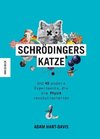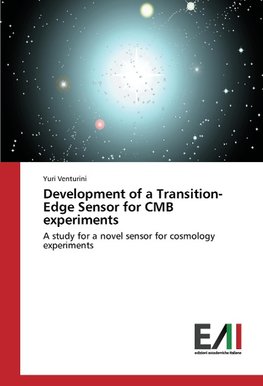
-
 Anglický jazyk
Anglický jazyk
Development of a Transition-Edge Sensor for CMB experiments
Autor: Yuri Venturini
Since its first observation in 1964 by Wilson and Penzias, the Cosmic Microwave Background radiation (CMB) has been studied by many experiments, which have measured many of its characteristics. Measuring the CMB is an instrument to "observe" the past history... Viac o knihe
Na objednávku, dodanie 2-4 týždne
46.17 €
bežná cena: 51.30 €
O knihe
Since its first observation in 1964 by Wilson and Penzias, the Cosmic Microwave Background radiation (CMB) has been studied by many experiments, which have measured many of its characteristics. Measuring the CMB is an instrument to "observe" the past history of the Universe since it was released about 380,000 years after the Big Bang, when the Universe became, for the first time, transparent to light. CMB radiation is intrinsically polarized due to photon-electron scattering in the first moments of life of the Universe and there are two kinds of polarization: an irrotational part (E-modes) and a rotational part (B-modes). In particular, anisotropies in the B-modes spectrum could only have been generated by tensor perturbations (i.e. primordial gravitational waves) that rised up during the so-called inflation: a period of accelerated expansion of the Universe, immediately after the Big Bang. Therefore measuring B-modes anisotropies would be a unique signature of tensor perturbations and, thus, a smoking gun for inflation. This means opening a window on what happened just few moments after the Big Bang, which is the goal of current CMB experiments.
- Vydavateľstvo: Edizioni Accademiche Italiane
- Rok vydania: 2017
- Formát: Paperback
- Rozmer: 220 x 150 mm
- Jazyk: Anglický jazyk
- ISBN: 9783330781863

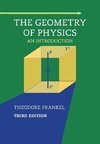
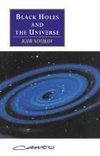
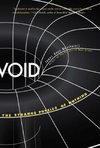
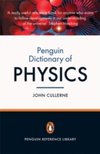


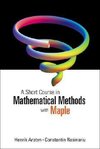
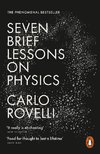

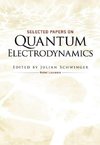

 Nemecký jazyk
Nemecký jazyk 